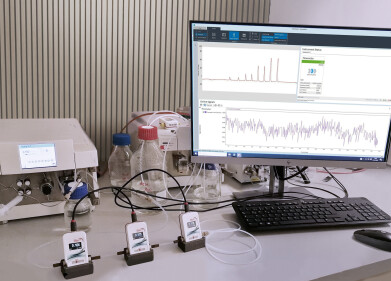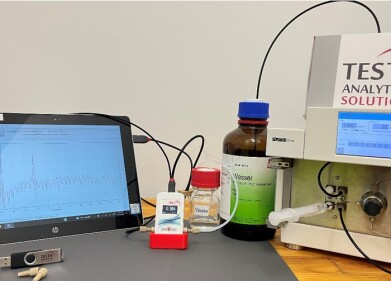HPLC, UHPLC
Improving Chinese Medicine Quality - Chromatography Investigates
Dec 30 2020
Medicinal plants or herbs have been used for thousands of years in traditional medicine practices. And it is not just in traditional medicine that medicinal plants find a use. It is estimated that up to one quarter of modern medicines are derived from plants. Thousands of plants have a medicinal use – some have been scientifically tested and some haven’t. And plants play a large role in the search for new medicines, we have only scratched the surface when it comes to finding all the compounds and phytochemicals that are to be found in plants.
Medicinal plants play an important role in the traditional Chinese medicine (TCM) system. But as demand for TCM raw materials grow, researchers are studying how to improve the yields and quality of medicinal crops. A recent paper in the journal – Industrial Crops and Products – reports on how chromatography has assisted researchers in determining which factors can help improve both yield and quality of Scutellaria baicalensis – Baikal Skullcap a plant commonly used in TCM.
Baikal Skullcap root for all your ills
Baikal Skullcap (Scutellaria baicalensis) is a perennial herb of the mint or sage family. The dried root has been used in TCM for millennia with the first recorded use in Shennong Ben Cao Jing, a classic Chinese text on agriculture and herbal medicine that was written between 200-250 CE. The extracts from the plant were used to treat ailments including diarrhoea, dysentery, and inflammation. Nowadays, it is one of the most used materials in traditional Chinese medicines.
Modern studies have found that the active ingredients in S. baicalensis are flavonoids, including glycosides (e.g., wogonoside) and aglycones (e.g., baicalein, wogolin). These have been found to have important pharmacological effects including anti-oxidation, anti-bacterial, anti-viral and anti-inflammation. There is a great demand and market for S. baicalensis. Previously, the plant was harvested from the wild, but in the current century the wild resources have dwindled and are struggling to meet the market.
Growing top quality plants with chromatography’s help
Industrial growers are helping to meet the demand for this favourite of TCM’s producers and users. To help the growers, researchers have used science to determine the best way to produce the plant and to help determine when and how it should be harvested for premium ingredient quality. In a paper - Growth years and post-harvest processing methods have critical roles on the contents of medicinal active ingredients of Scutellaria baicalensis – scientists analysed different growing and producing conditions to see how they affected the active ingredients used in TCM varied.
They analysed eight active ingredients in the plant using high performance liquid chromatography. New technologies in HPLC are discussed in the article, Experience and Applications of a New Portable HPLC Machine. The authors conclude that the above results will not only provide novel processing methods that will improve the yield of active ingredients for S. baicalensis, but also shed light on the optimization of processing technology for the industrial production of medicinal crop.
Events
Jan 20 2025 Amsterdam, Netherlands
Feb 03 2025 Dubai, UAE
Feb 05 2025 Guangzhou, China
Mar 01 2025 Boston, MA, USA
Mar 04 2025 Berlin, Germany














